What is Pinterest and how do creators use it?
Pinterest is a social media app used for saving and discovering visual content. But how does Pinterest work, what is a Board, and how do creators use it?
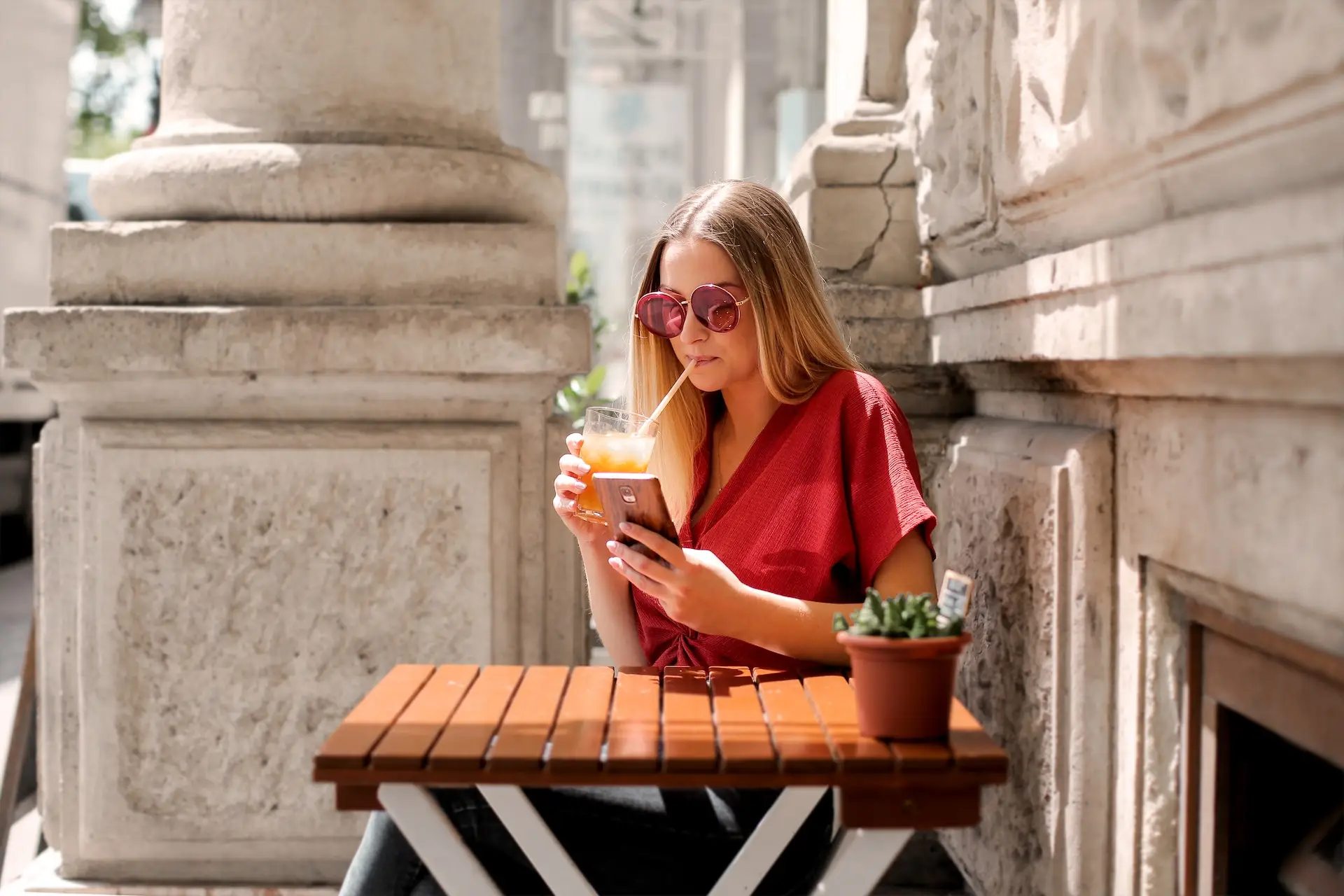
You’ve probably heard of Pinterest. Want to know what it is, how it’s used, and if you can monetize it? Sit back, relax, and prepare to read the word ‘pin’ a whole lot.
We’ll cover:
- What is Pinterest?
- How does Pinterest work?
- Why is Pinterest so popular?
- Why do people use Pinterest instead of Google?
- Is Pinterest free?
- Are images on Pinterest copyright-free?
- Does Pinterest use hashtags?
- What is Pinterest’s target audience?
- Can you make money on Pinterest?
- How to make money on Pinterest as a content creator
- How to make money on Pinterest as a business
- What not to do on Pinterest
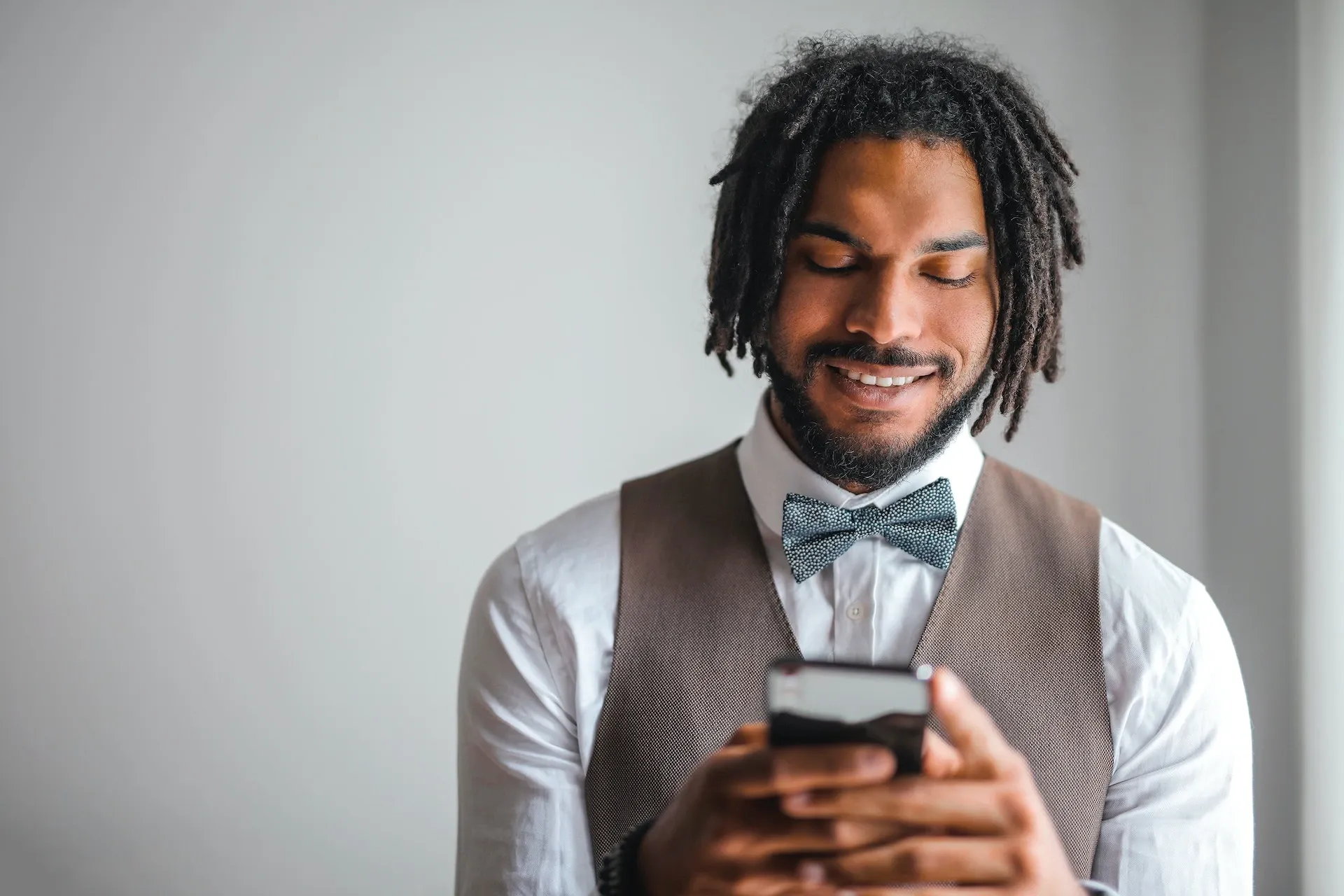
What is Pinterest?
Pinterest is primarily an image-sharing platform, although it also hosts video content. It’s often called a social media site, but if we’re being real, it has more in common with a search engine like Google. Pinterest is available both in-app and in-browser.
It’s used to share and promote visual inspiration, be it home decor, recipes, DIY tips, or something else entirely. People will often use Pinterest when they have a rough idea of what they’d like to buy, but don’t have a concrete vision. Browsing helps them hone in on what they want.
This is what makes Pinterest such a unique platform: users are actively looking to spend, compared to other platforms where liking, sharing, and commenting is higher on the agenda. Put simply, Pinterest’s potential isn’t to be understated. A whopping 465 million people use it every month, most of them ready to step into their next purchase.
How does Pinterest work?
Pinterest users are affectionately called ‘Pinners,’ and their posts are called ‘Pins.’ Pinners can save Pins to their Boards, which act as a hub to save, collect, and organize different Pins based on themes, projects, and ideas.
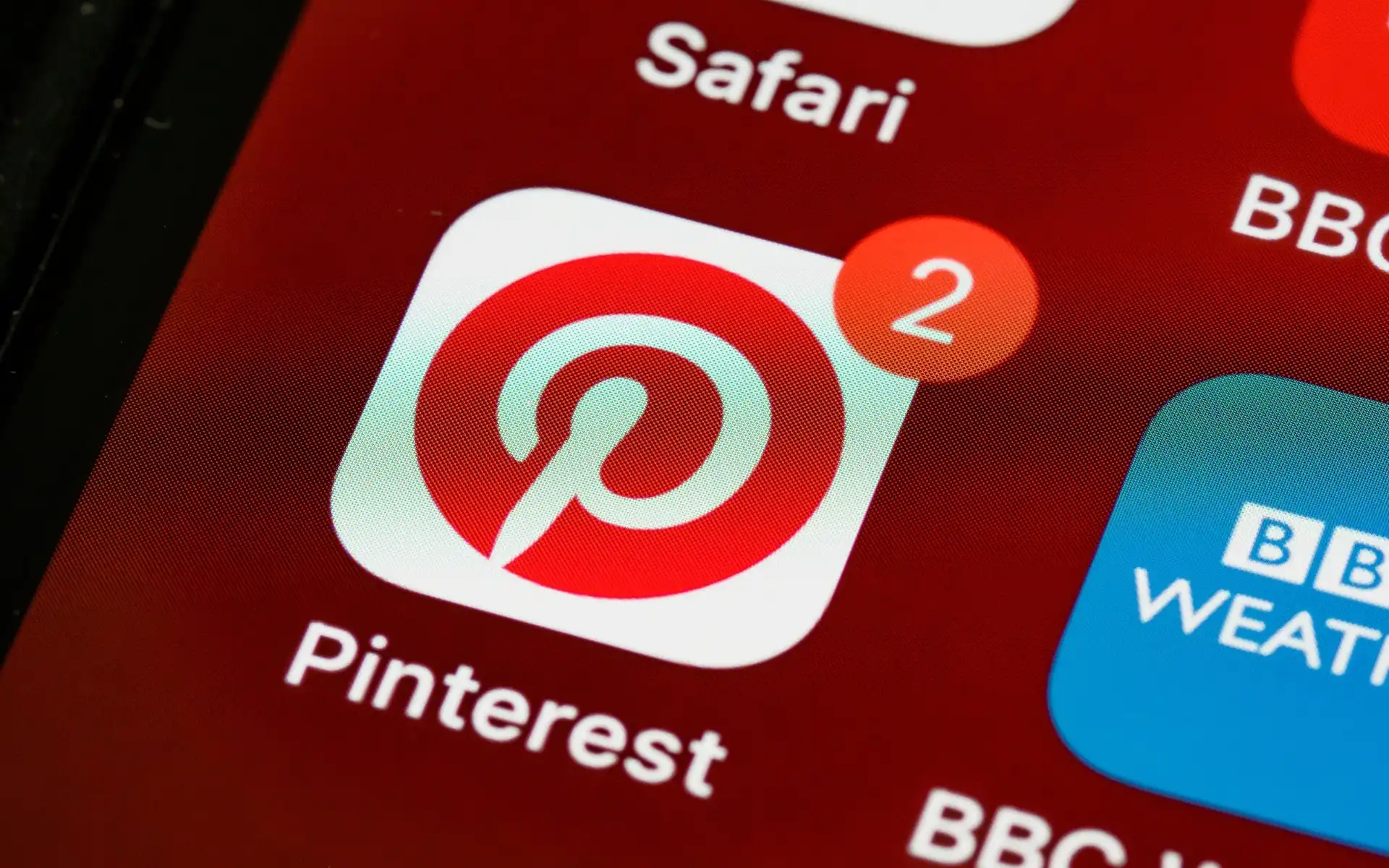
Pinners can follow other users and even specific Boards. This helps the platform curate the main feed, showing a mixture of followed and similar-to content.
Usually, Pins are linked to websites. This is done to show other Pinners where the object within the Pin came from. It doesn’t matter if you’ve posted a new workout formula or a vintage-style sweater – Pinners want to know where it came from and how they can get their hands on it.
Why is Pinterest so popular?
Pinterest is popular because it gives users a shortcut to ideas through images and videos, rather than text. At a glance, users are presented with an endless feed of inspiration. In turn, brands and content creators can leverage this need by linking their storefronts to their Pins – more on that in a few minutes, though.
Why do people use Pinterest instead of Google?
Pinterest isn’t replacing Google as the de facto search engine, but some people do go to Pinterest as their first port of call. Why? Well, for a few reasons:
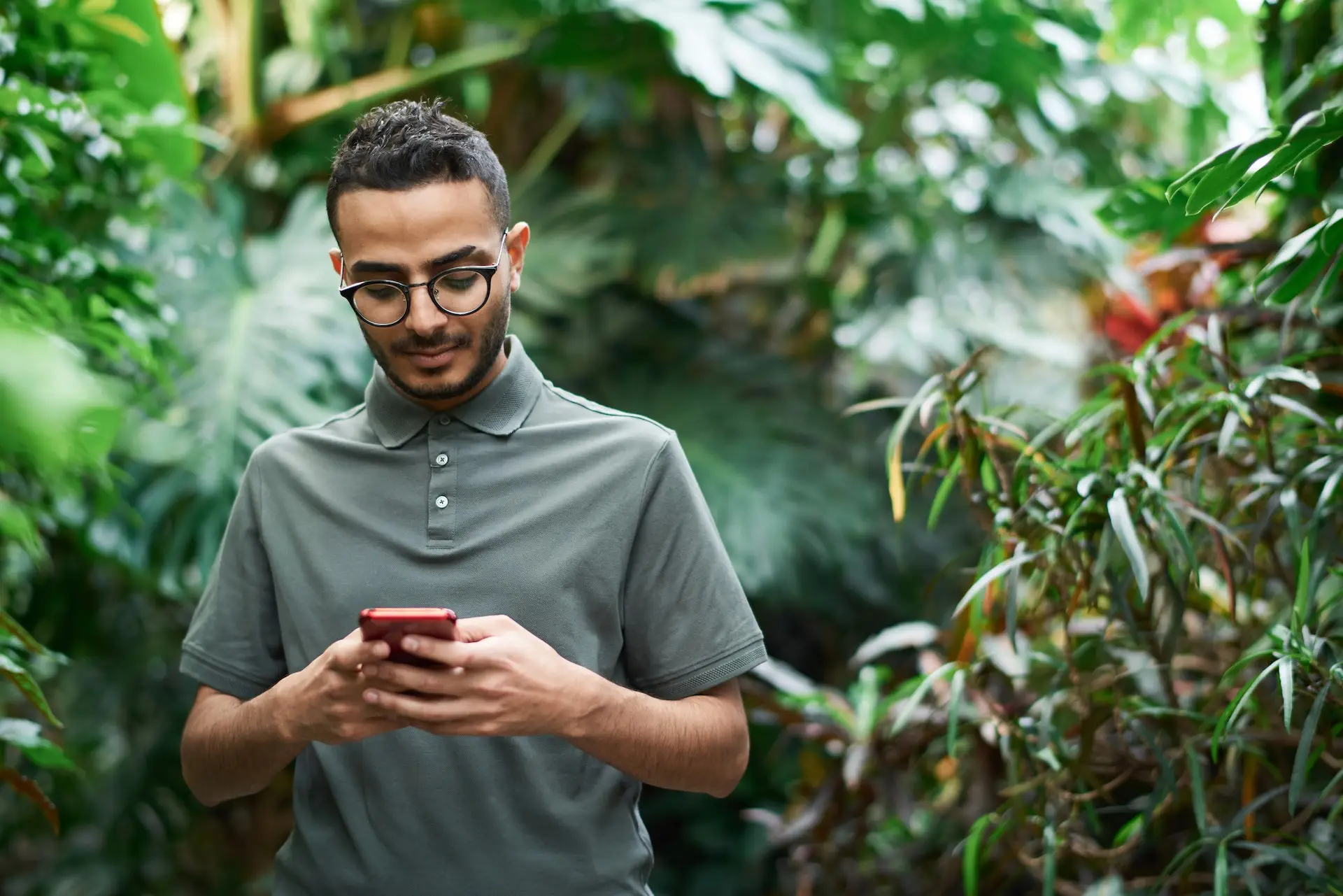
- It’s more visually driven: Even Google Images can’t compete with Pinterest’s visual user experience. It’s just so appealing, letting users browse and discover new designs and ideas.
- It’s great for ‘accidental’ discovery: 47% of Pinners who purchased through Pinterest said that they ‘happened upon’ an item they ended up buying, rather than setting out to do so. The Pinterest algorithm and recommendations system gets savvy to what users like and don’t like, tailoring their journey through the platform and finding them the perfect match.
- It’s less fact-driven: People tend to use Google to answer a query or find a specific thing. Pinterest allows some wiggle room.
Is Pinterest free?
Pinterest is free to use. It doesn’t matter whether you’re a brand, content creator, or simply browsing for ideas. Use of the Pinterest app and desktop site won’t cost you a cent.
If you’re a content creator or business, it’s worth signing up for a Business account. This gives you access to extra tools like analytics, and just like a regular account, it’s 100% free.
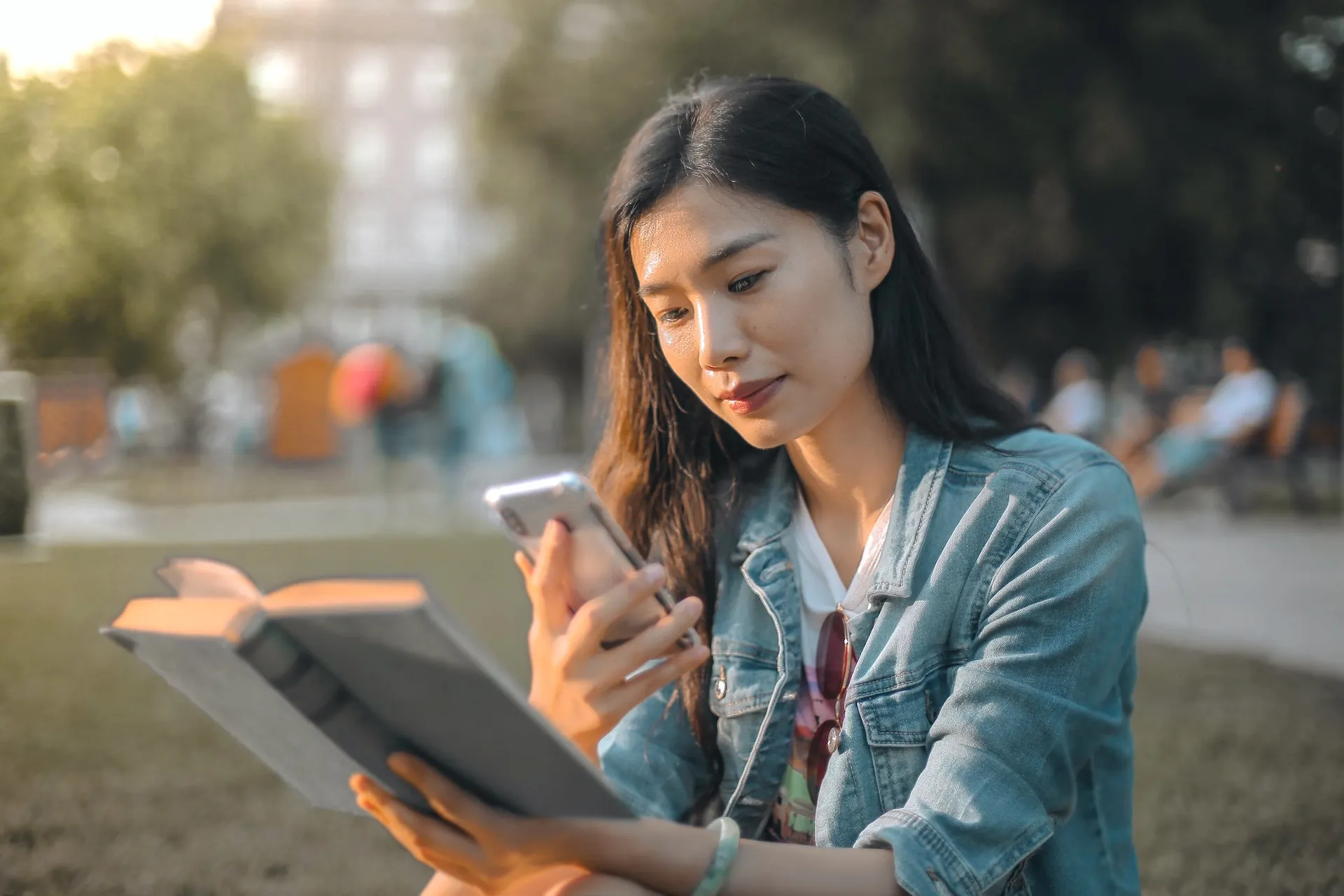
Are images on Pinterest copyright-free?
You’re using the app for free, browsing for free, and saving content for free. That doesn’t mean the images and videos are copyright-free, though. Just like Google, or other social media platforms like Facebook and TikTok, access to content does not mean ownership.
You’re allowed to Repin content on Pinterest, as the platform’s licensing agreement permits sharing and saving within its walls. However, you can’t pass other people’s work off as your own, nor are you allowed to download content and use it elsewhere without explicit permission. This is because the person who posted and owns the content is the rights holder. Unless you get the all-clear from them, reusing their content can get you in trouble.
Does Pinterest use hashtags?
Yep, Pinterest uses hashtags. Just like other social media platforms, clickable hashtags are written to associate content with certain themes and groups. If you use a specific hashtag, it can help potential viewers find your content more easily.
What is Pinterest’s target audience?
People from all backgrounds use Pinterest, but it’s most popular with millennials: that being, people born between 1981 and 1996. Pinterest’s largest audience is women (60%), but that’s not to say other genders aren’t catered to.
The biggest chunk of Pinterest’s audience is based in the United States, with more than 40% of Pinners living there as of April 2023. That said, it’s worth checking demographics in your target market before posting content on the platform, as audiences do vary by country. For example, the largest group of Pinners in the United Kingdom are aged between 18 and 24, rather than the worldwide millennial majority.
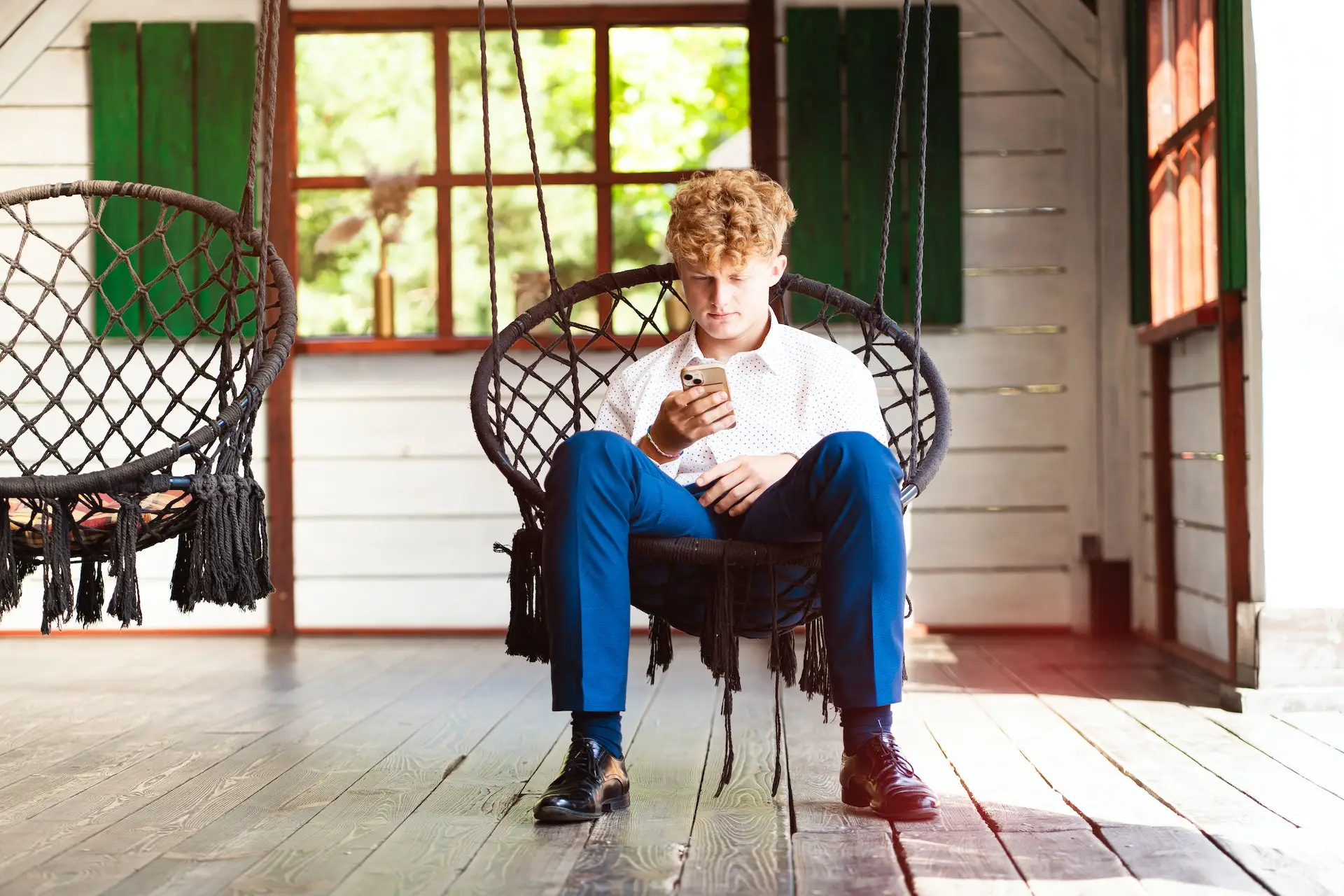
Can you make money on Pinterest?
So, does Pinterest pay you? You’ll be happy to know that Pinterest offers several routes to monetization, but they’re not as cut-and-dry as some other social media platforms, like YouTube.
If you’re anywhere between a content creator starting out or an established business, there’s money to be made on Pinterest. Let’s look at how to get cash in the bank.
How to make money on Pinterest as a content creator
Brand partnerships
If you’re a creator working with brands on Pinterest, you can earn money through paid partnerships. Simply tag your brand partner in your Pin, and once they approve it, their name will appear in your content.
Your brand partner can also use your Pin as an advertisement, giving you the potential to reach more people. It’s worth noting that Pinterest doesn’t handle the transaction between you and the brand – that’s dealt with in your third-party agreement outside of the platform.
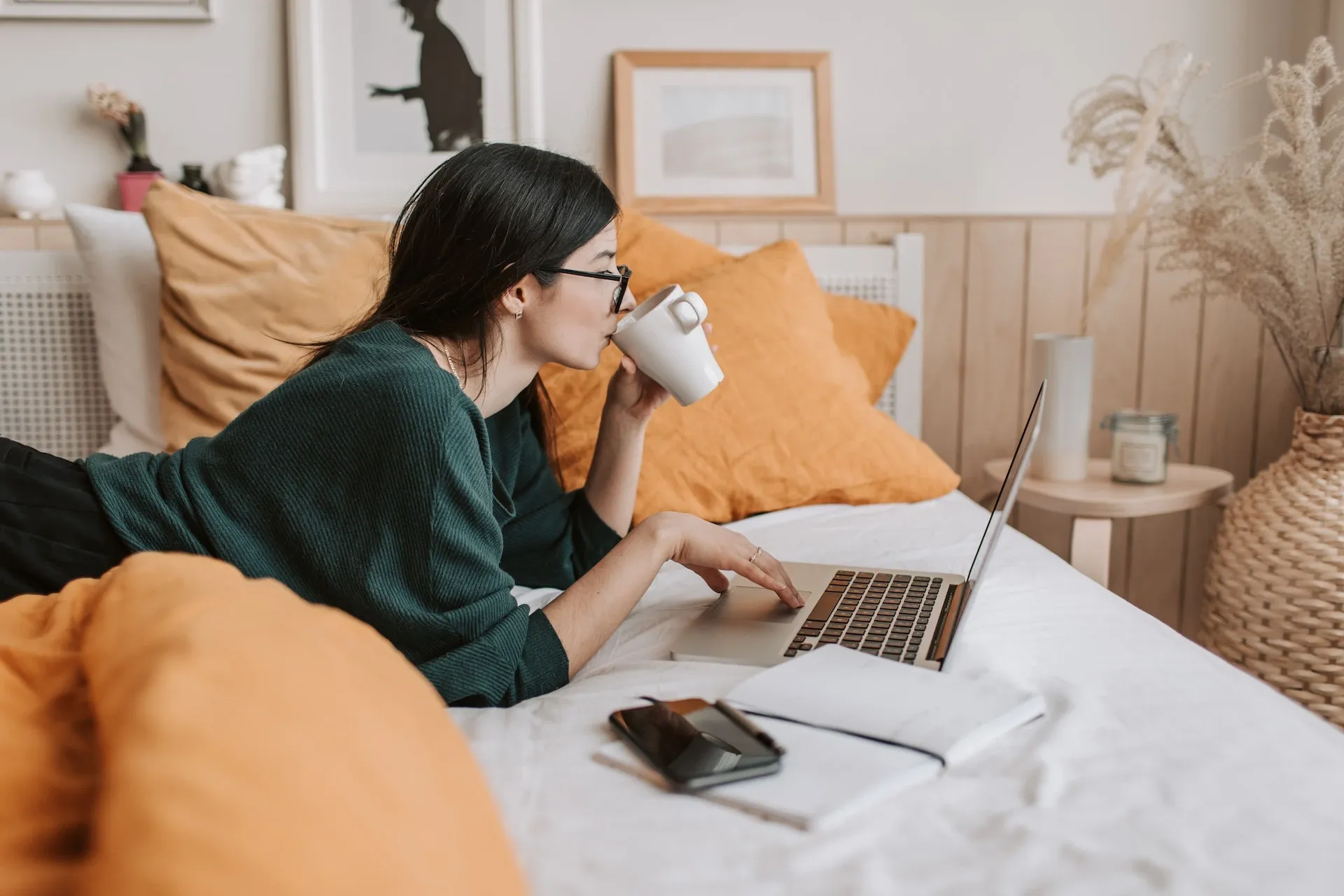
Use shoppable Pins with affiliate links
Affiliate marketing provides creators with a unique hyperlink. Include the link in your Pin, and when viewers click it, they’re taken to a page where they can buy products. The amount you earn – and when you earn – depends on whose link you’re trying to big up!
Affiliate links aren’t a get-rich-quick strategy, but they’re great for making passive income as a creative. Just like brand partnerships, payment through affiliate links is handled beyond Pinterest.
How to make money on Pinterest as a business
Pinterest advertising
If you’re a brand with some cash to splash, you can drive traffic with Pinterest advertising. Is it worth it? Well, 83% of weekly Pinners in the United States have made purchases based on Pins they’ve seen from brands. Given that Pinterest Ads show up in folks’ feeds alongside regular Pins, we’d suggest it’s worth looking at!
Need music for your Pinterest Ads? Browse our catalog of more than 40,000 tracks below.

Now, let’s keep this show on the road. How else can you make money on Pinterest as a business?
Enable shopping through Pinterest
If you’ve got something to sell, why not do so through Pinterest? After all, people are there looking to buy – give them an easy route to your products. You can do this by linking your Pins to your official store . Or, if you qualify, you can use Pinterest Shopping to sell directly in-app.
To qualify for the in-app checkout feature, you’ll need to apply for the Verified Merchant Program. This requires the following:
- An active Pinterest account that’s at least three months old
- An official business website that’s been live for at least 13 months
- A Pinterest profile with a profile picture and a completed, up-to-date ‘About’ section
- Your products and website have to meet Pinterest’s Merchant guidelines
Once you’re approved, you can connect an existing Shopify or WooCommerce storefront to Pinterest Shopping and start selling.
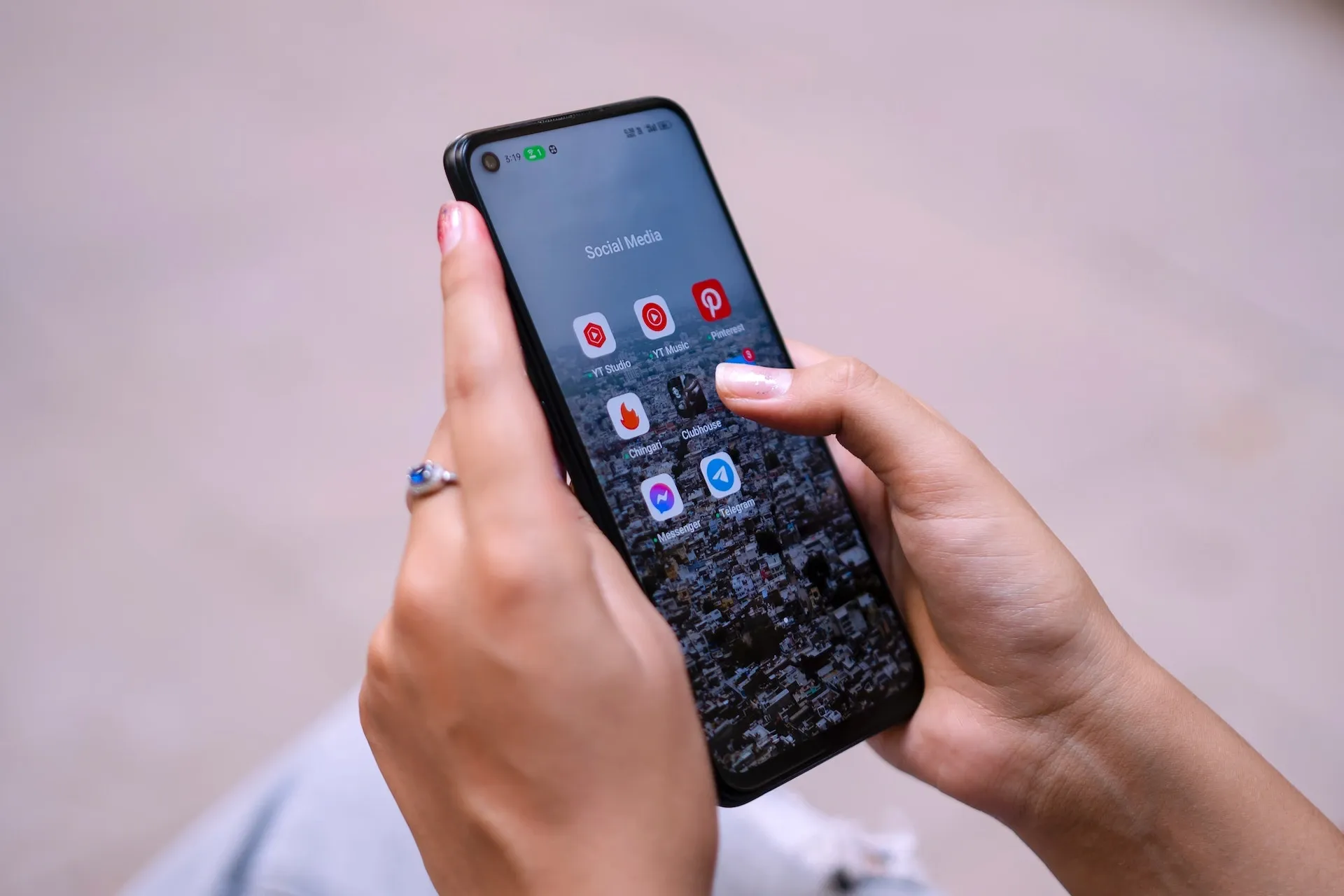
What not to do on Pinterest
Now that we’ve run through what Pinterest is, why people use it, and how to monetize the platform, let’s end with some basic things to avoid.
Don’t just focus on the brand
97% of Pinterest’s top searches are unbranded. People don’t usually look for a specific name or model; they’re looking for a vibe, an aesthetic.
By all means, include brand details within your Pins – especially if it’s a partner-related post – and include a sturdy call to action, but don’t rely solely on that brand. Tap into relevant hashtags and keywords to widen your reach and increase your chances of popping up in organic searches.
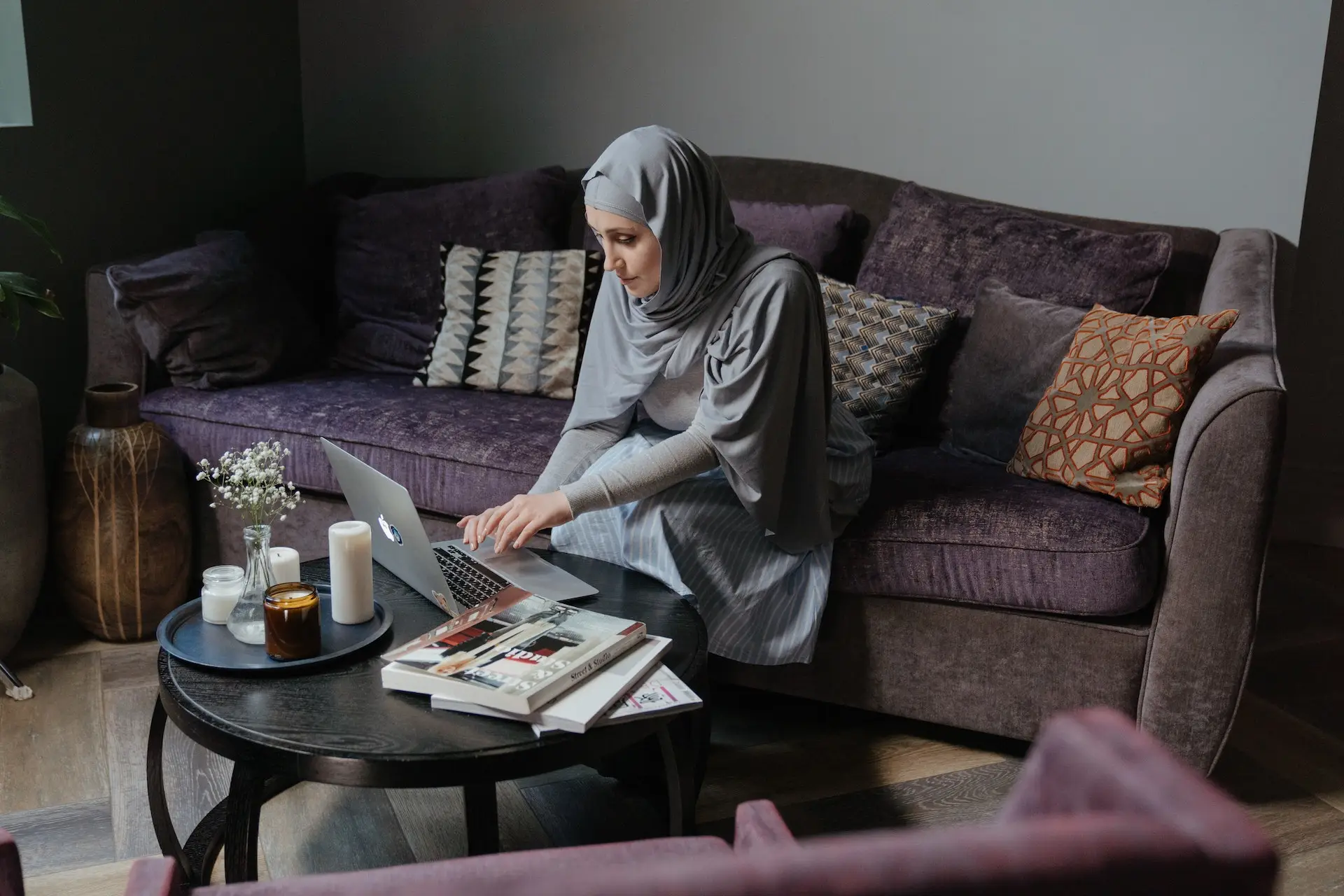
Avoid posting during ‘busy’ hours
Peak times for other social media platforms differ from Pinterest, because it isn’t text-based or bite-sized. It’s about curation and discovery, which might not be ideal on the crammed work commute at rush hour.
For that reason, it’s a safe bet to post your Pins on a Friday or Saturday evening, when the ‘typical’ working week’s done and dusted. We’re not saying that’s the only time to post content, but it’s something to keep in mind.
Don’t oversell
Even though people purchase through Pinterest, it’s not solely a marketplace. If you treat it like one and just keep hitting people’s feeds with overbearing, spammy Pins, your account might get flagged by other users. This could lead to lowered engagement and even suspension. Strike a happy medium – even a mega-corporation like McDonald’s can appeal to Pinners.
Don’t forget the balance between text and visuals
All visual and no description is a bad idea. It leaves the viewer with little to go off, and dries up any further opportunities on your end. They came to discover something, and it led to a dead end.
On the other hand, don’t write so much text that it misrepresents your Pin. Use relevant keywords, tag any partners, and describe things accurately, but make sure the visual backs up what you’re describing. Otherwise, you’ve misled any potential viewers, and your Pins will come off a little clickbaity.
Don’t forget to follow other accounts
Even if you’re on Pinterest to mainly raise your profile, you have to play the game. If you don’t follow other accounts and interact with them, you risk coming across as disingenuous. You may also miss out on opportunities – a business following its customers can help with lead generation.
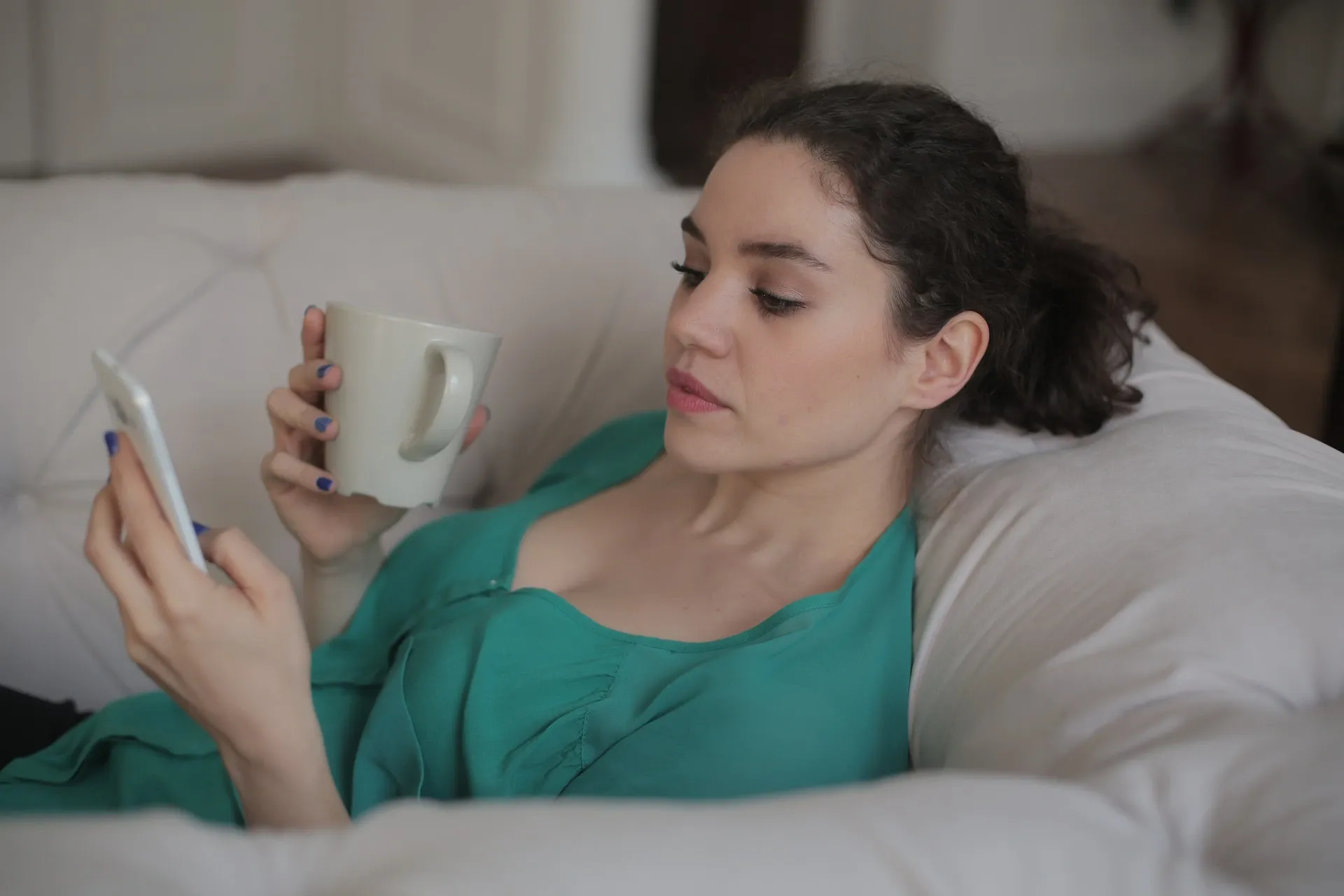
Remember to name your Boards properly
It’s such a small detail, it can be easy to overlook. Naming your Boards appropriately helps curate a structured, official-looking profile. Giving your Board a name that’s closely linked to the products or ideas within will help place you within search results, and will give users a smoother ride if they decide to rifle through all of your content.
Don’t neglect the dimensions
Given that Pinterest is a visual platform, you’ll want your content to look the best it can. That’s why it pays to have Pinterest’s preferred dimensions in mind: vertical images or videos with a 2:3 aspect ratio. If you’re unsure, take a look at Pinterest’s spec sheet.
With those healthy dollops of advice served up, we hope you’re well on your way to unlocking the potential Pinterest has for your content, products, and services.
If you’re creating videos on Pinterest, you’ll need some music. And if you’re using music, you’ll need the correct license. That can be complicated. It’s easy to make mistakes. Let us handle it – our extensive catalog’s got you covered.
Our catalog is high-quality, affordable, and safe. An Epidemic Sound subscription goes beyond royalty-free music, removing the headache of licensing and freeing you up to do what you do best. You can enjoy the safety of our license hand-in-hand with our massive catalog of 40,000 tracks, covering just about every genre you can think of. You’ll also gain unlimited access to our advanced search functions — finding the right sound’s never been easier.
It’s better than royalty-free. It’s worry-free. Get started with Epidemic Sound below.

Related posts:

